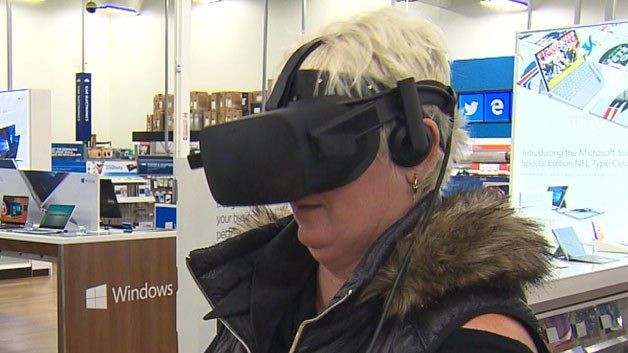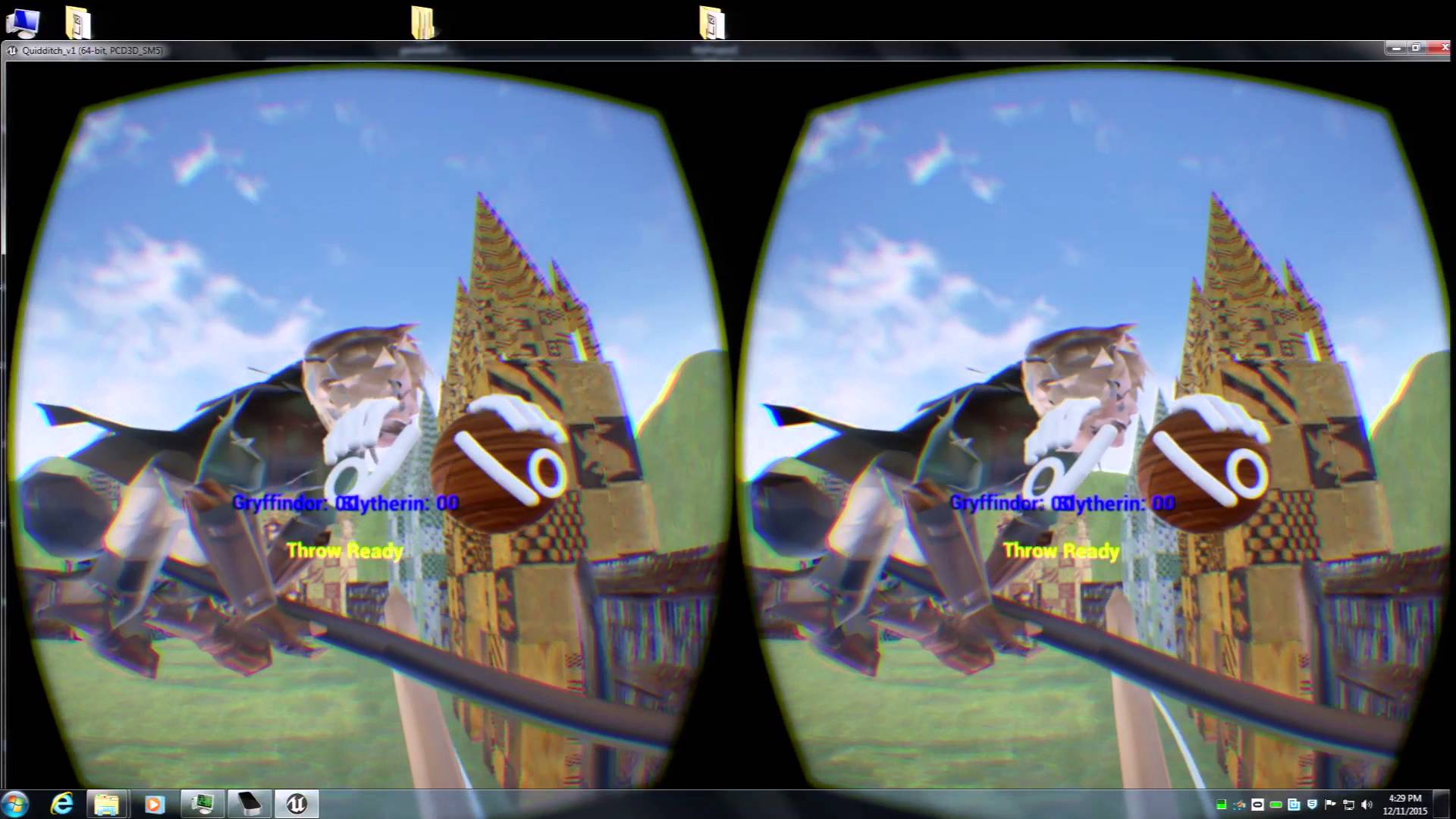A video of a chimpanzee ‘playing in virtual reality’ has garnered mixed reactions across the internet as viewers remain torn on whether it is harmless fun, or if it edges on animal cruelty.
In the video, the chimpanzee named Sugriva can be seen wearing an HTC Vive headset and swatting at the air as he follows objects on the screen – an experience many humans can relate to.
But, VR is known to cause a slew of side effects, from dizziness to disorientation, and experts argue that the chimp doesn’t understand what’s happening, and may keep the headset on even if he is uncomfortable as result of his training in captivity.








